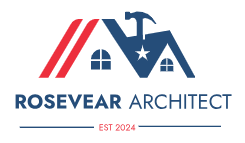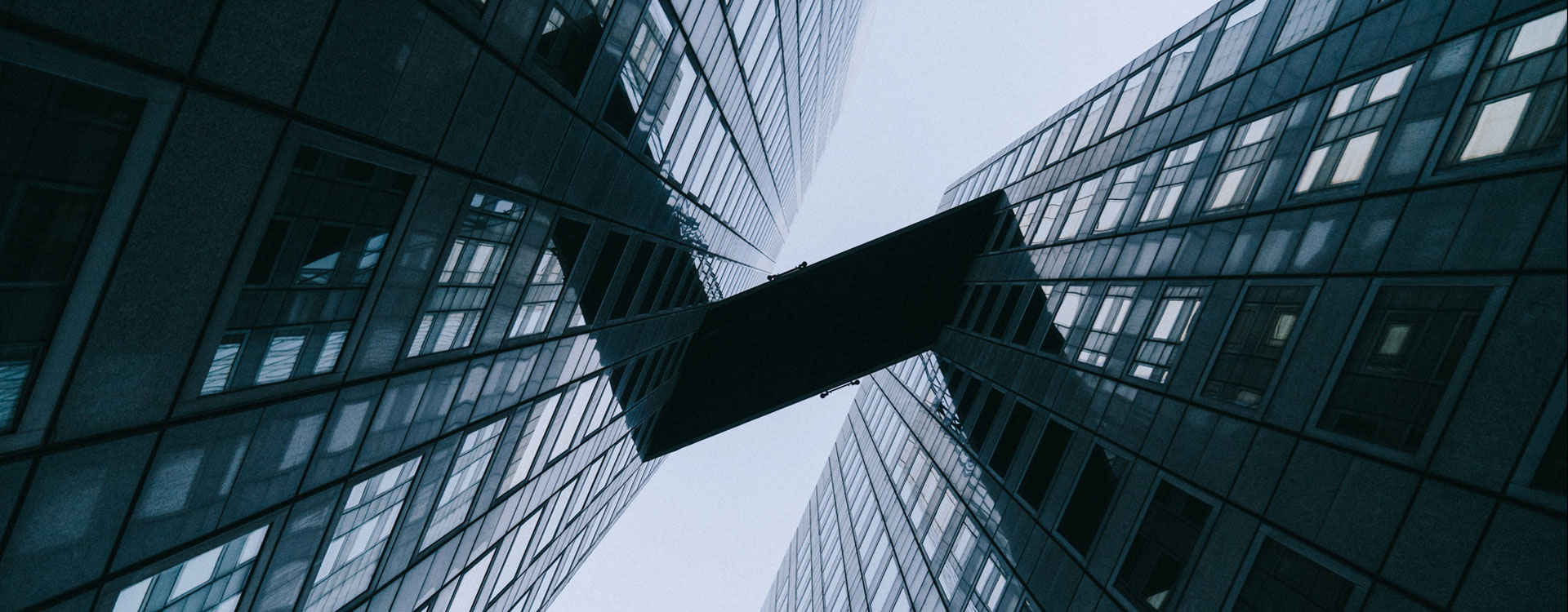If you want to open a cafe or reopen an old one in a different location, you’ll need to get the space fitted out. There has been a rise in the number of both new and long-time business owners investing in little cafes with seating for ten or fewer customers.
The shop fitting industry has begun to take notice of these areas. Their services make it possible for customers to open cafes while staying within their financial means. If you want to know how to open a tiny cafe with big returns on a minimal investment, read on.

Budget Tips For Cafe Fit Out
Designing and fitting out a cafe can be an exciting process, but it can also be a costly one. Here are some budget tips to keep in mind when planning your cafe fit-out:
1. Plan And Research
Planning and research are crucial when it comes to designing and fitting a cafe. Here are some steps you can take:
- Define your concept: Before starting any design work, it’s essential to define your cafe’s concept. This will help you determine the direction you want to take with the fit-out and ensure that all design decisions align with your overall vision.
- Look for inspiration: Research and collect ideas from various sources, including magazines, social media, and other cafes. Create a mood board or Pinterest board to keep all your ideas in one place.
- Analyze your space: Understand the physical space you’re working with and take measurements. Consider the flow of traffic, natural light, and any potential obstacles or challenges.
- Determine your budget: Establish a realistic budget and prioritize the essential elements of your fit-out. This will help you make informed decisions about where to allocate your resources.
- Create a design brief: Develop a design brief that outlines your concept, budget, and design goals. This will help you communicate your vision to designers, contractors, and other stakeholders.
- Hire a professional: Consider working with a professional designer or architect who specializes in cafe design. They can help you bring your vision to life, ensure that the space is functional and compliant with building codes, and help you stay within your budget.
By taking the time to plan and research, you can create a cafe fit-out that reflects your brand, enhances the customer experience, and meets your budget requirements.
2. Prioritize
Prioritizing is key to creating a successful cafe fit-out within your budget. Here are some steps to help you prioritize:
- Determine your essential elements: Think about the key elements that are essential to your cafe’s functionality and success, such as the kitchen, seating areas, and point-of-sale system.
- Focus on functionality: Consider the functionality of each element in your fit-out. For example, prioritize ergonomic seating and tables that can accommodate different group sizes and configurations.
- Consider your customers: Keep your customers in mind when prioritizing your fit-out elements. Consider their needs, preferences, and behaviours when designing the space.
- Decide on your aesthetic: Determine the aesthetic that you want to achieve in your cafe. Prioritize design elements that align with your overall vision, such as lighting, colour scheme, and decor.
- Allocate your budget: Allocate your budget to the essential elements first, then allocate the remaining funds to secondary elements that enhance the space and the customer experience.
By prioritizing the essential elements of your cafe fit-out, you can ensure that you stay within your budget while still creating a space that is functional, aesthetically pleasing, and caters to your customers’ needs.
3. Repurpose And Recycle
Repurposing and recycling materials can be a cost-effective and eco-friendly way to create a unique and interesting cafe fit-out. Here are some ways to incorporate repurposed and recycled materials into your design:
- Salvage materials: Look for salvaged materials such as reclaimed wood, doors, windows, and other architectural elements that can be used for flooring, walls, and countertops.
- Use vintage furniture: Incorporate vintage furniture such as chairs, tables, and lighting fixtures to create a retro vibe in your cafe.
- Recycle materials: Use recycled materials such as glass, plastic, and metal for countertops, shelving, and other decorative elements.
- Upcycle items: Upcycle items such as old books, crates, and pallets to create unique decor pieces that can add character and charm to your space.
- DIY projects: Consider DIY projects such as repainting or reupholstering furniture to give them a new look and feel.
By incorporating repurposed and recycled materials into your fit-out, you can create a unique and sustainable space that is both eco-friendly and cost-effective. It also adds a touch of character and charm to your cafe that customers will appreciate.
4. DIY
DIY projects can be a great way to save money on your cafe fit-out and add a personal touch to the space. Here are some DIY ideas that you can consider:
- Painting: Painting walls and furniture is an easy and inexpensive way to give your cafe a fresh new look. Consider using colours that align with your brand and aesthetic.
- Refinishing furniture: Refinish old or used furniture to give it a new lease on life. Sand and stain wooden furniture, or paint and reupholster chairs and stools.
- Creating wall art: Create your wall art by painting or drawing directly on the walls or by creating murals. Alternatively, you can create your artwork and frame it to hang on the walls.
- Building shelves and storage: Build your own shelves and storage units using wood or metal. This can be a cost-effective way to add storage space to your cafe.
- Creating lighting fixtures: Create unique lighting fixtures using items such as mason jars, wine bottles, or old lamps. This can add a touch of personality and charm to your cafe.
When considering DIY projects for your cafe fit-out, be sure to prioritize safety and quality. Ensure that you have the necessary tools and skills to complete the project, and don’t hesitate to seek professional help if needed.
5. Negotiate
Negotiating is an important skill that can help you save money on your cafe fit-out. Here are some tips for negotiating effectively:
- Establish your budget: Before entering into negotiations, establish a clear budget for your fit-out. This will help you determine your bargaining power and the maximum amount you’re willing to spend.
- Research and compare prices: Research the prices of materials and services from various suppliers and contractors. This will give you a good idea of what a fair price range is and help you negotiate effectively.
- Negotiate multiple bids: Get multiple bids from different contractors and suppliers, and use these bids to negotiate lower prices. This will give you leverage in negotiations and help you get the best deal possible.
- Be confident: Approach negotiations with confidence and be prepared to walk away if you can’t reach an agreement. This will show that you’re serious about getting a fair deal.
- Be flexible: Be open to compromises and alternative solutions that can help you save money while still achieving your goals.
Negotiating can be a powerful tool when it comes to saving money on your cafe fit-out. By doing your research, comparing prices, and approaching negotiations with confidence, you can get the best deal possible without compromising on quality or your vision for your space.
6. Consider Leasing
Leasing can be a good option for those who want to save money on their cafe fit-out without compromising on quality or aesthetics. Here are some benefits of leasing:
- Lower upfront costs: Leasing typically requires a smaller upfront investment than buying equipment and materials outright. This can help you conserve cash flow and reduce your initial expenses.
- Predictable expenses: With leasing, you’ll have predictable monthly expenses, which can make budgeting and planning easier. You’ll also know exactly when your lease payments will end, so you can plan for upgrades or replacements accordingly.
- Access to high-quality equipment: Leasing can give you access to high-quality equipment and materials that you might not be able to afford otherwise. This can help you create a more professional and polished fit-out that will impress your customers.
- Tax benefits: Leasing can offer tax benefits, such as deducting lease payments as business expenses, which can help reduce your overall tax liability.
- Flexible terms: Leasing terms can be flexible, allowing you to adjust your lease payments or the length of your lease to suit your changing business needs.
When considering leasing, be sure to read and understand the terms and conditions of the lease agreement, including any fees or penalties associated with early termination. Also, consider the long-term costs of leasing versus buying, and weigh the pros and cons to determine which option is best for your business.
7. Be Flexible
Being flexible is an important mindset to have when planning a cafe fit-out, as unexpected challenges and opportunities may arise during the process. Here are some ways to approach your fit-out with flexibility in mind:
- Plan for contingencies: Anticipate potential roadblocks or changes that may occur during the fit-out process, and have a contingency plan in place. This could include budgeting for unexpected expenses or having backup materials or suppliers.
- Prioritize: Be open to adjusting your priorities or design choices based on what is feasible and affordable. Consider what elements are essential to your cafe’s overall aesthetic and functionality, and be willing to compromise on non-essential details.
- Collaborate: Work with your contractors and suppliers to find creative solutions that can help you stay within your budget without sacrificing quality or style. They may be able to offer suggestions for alternative materials or methods that can help you achieve your vision.
- Be adaptable: Be willing to adjust your plans based on feedback from customers or staff during the fit-out process. This can help you create a space that meets the needs and preferences of your target audience.
- Embrace change: Be open to unexpected opportunities that may arise during the fit-out process. For example, if you come across a unique material or design element that can add value to your space, be willing to incorporate it into your plan.
By approaching your fit-out with flexibility and an open mind, you can create a space that is both functional and visually appealing, while staying within your budget and timeline.
Conclusion
In conclusion, planning a cafe fit-out requires careful consideration and budgeting to ensure that your space is both functional and visually appealing.
By researching and comparing prices, prioritizing your design choices, repurposing and recycling materials, considering DIY options, negotiating with contractors and suppliers, leasing equipment, and being flexible in your approach, you can create a space that reflects your vision while staying within your budget.
Remember to plan for contingencies, collaborate with contractors and suppliers, prioritize essential elements, and embrace unexpected opportunities that may arise. With these tips in mind, you can create a cafe fit-out that not only impresses your customers but also helps your business thrive.
For more information about the cafe fit out cost, you can ask for some quotations from Access Projects.

